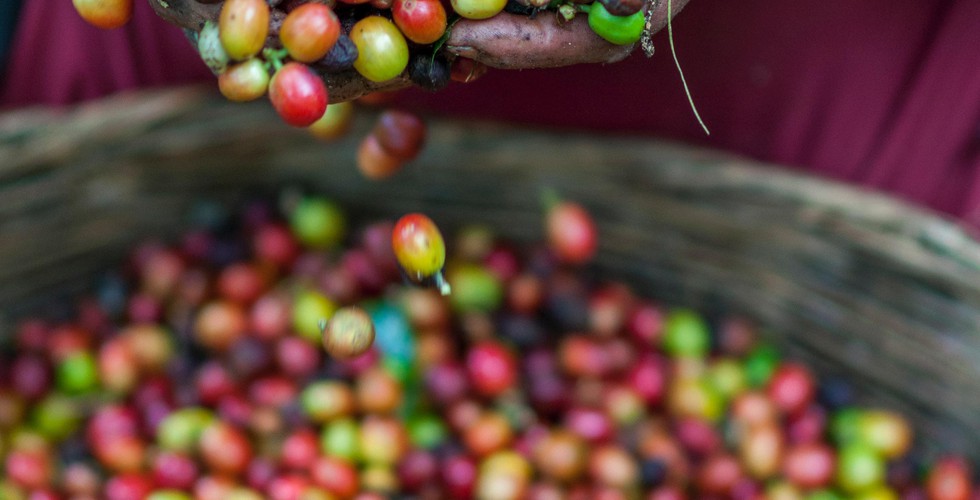In 2020, the sudden fall of oil prices caused an almost 25% drop in the peso (COP) value against the dollar. Because on the global market coffee was purchased in dollars, the local industry was able to reap some benefits from this situation due to exchange rate arbitrage. And while the peso restored a certain amount of its value against the dollar, national coffee prices continued to be really high in the course of the last 14 months.
Today the current civil unrest causing major disruption in supply chains all across Colombia, so coffee prices spiked through the roof once again. The recent price offered to producers by the Federacion Nacional de Cafereros de Colombia (FNC) reached the all-time high mark of COP 1,440,000 (US$386) per carga (125 kilograms), which is a rough 34% increase since the year's start.
And all of this while the industry was suffering years of financial catastrophes, to the point when producers were struggling to get a minimum living wage and, as a result, many of them abandoned coffee farming at all.
In response to such a tough situation in the country's key industry, the Colombian government even intervened in the market structure and set a national coffee price minimum by using a price stabilization fund. But, despite the ongoing growth of prices, the fund hasn't been touched yet.
Prices inside the country and stabilization fund usage
Coffee production is very important for Columbia. In fact, the country currently is the №3 largest coffee producer in the world. But Colombia's coffee production line partly consists of more than 500 000 small private farms called "fincas" scattered all across the country without any global market system.
These small farms couldn't produce enough coffee to sell it directly to private buyers, so the only possible way for the majority of them is to sell coffee to an intermediary, most likely - the FNC or a local cooperative, both of which offer a price appropriate to the internal buy rate. This price is formed by many factors other than just the regular supply to demand ratio, which includes the value of the peso against the dollar and futures contracts that need to be filled.
As a result, buy rates for small farms have often become lower than a production cost and the last five years were really difficult times for the holders of Columbian small coffee farms.
And recently, in March 2020, the Columbian government started a price stabilization fund that set the reasonable bottom line for coffee prices in the country. To fortify the internal buy rate and compensate the losses when it becomes lower than a production cost, the government created a $64 million fund.
Did it help Columbian's coffee farmers to recover? Check the second part of an article here!



